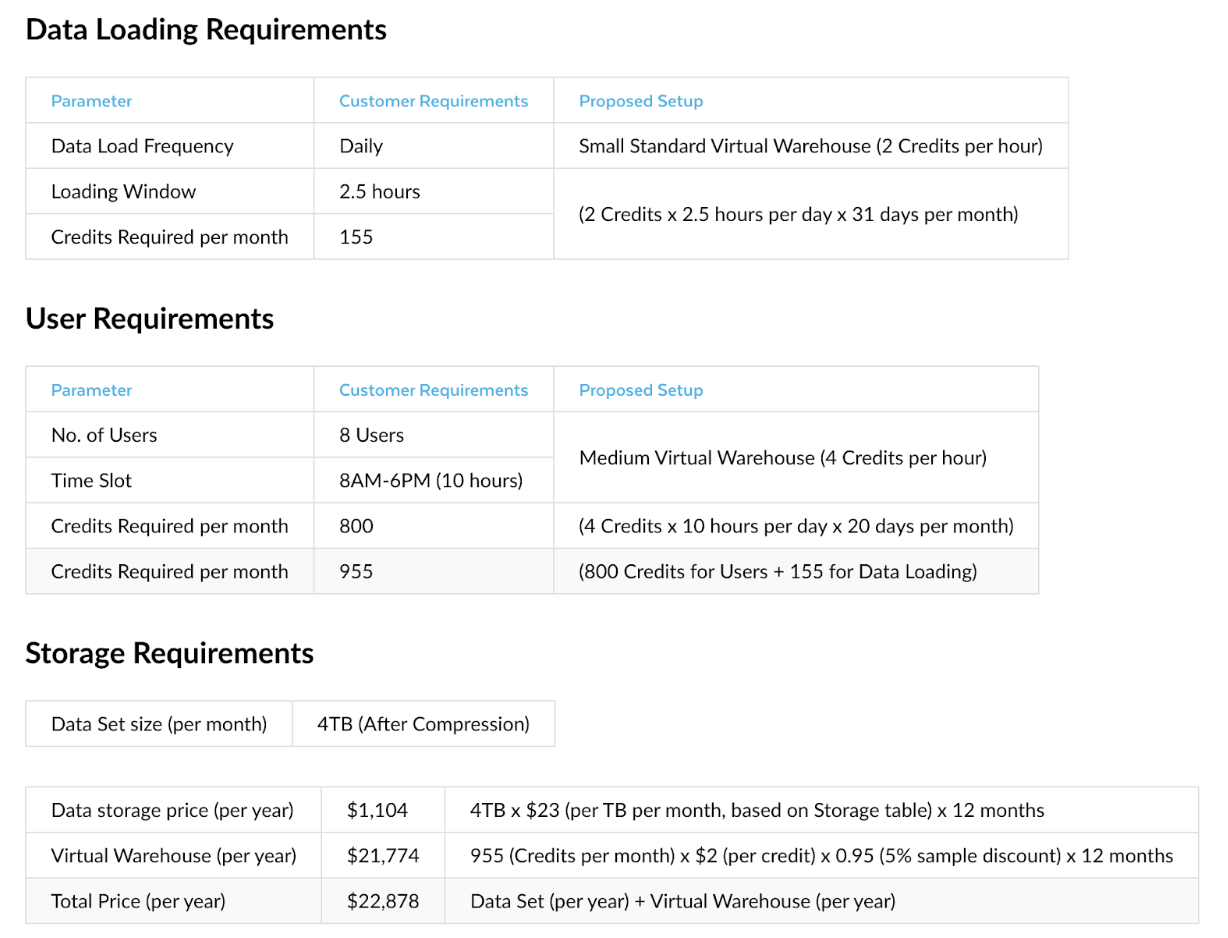Why SaaS Companies are Considering Hybrid Pricing Models
SaaS companies have experienced a paradigm shift over the past year. During the low interest rate economy the focus was on growth first, last and inbetween. When valuation is driven as a multiple of 12 month forward recurring revenues it made economic sense to invest in the simplest possible growth model and to push it as hard as possible.
Today, capital has become more expensive. Interest rates are up and valuations are down. Investors are paying more attention to profitability, or at least a path to profitability, and to cash flow and cash generation. In this environment, more and more people are taking a look at their pricing models to see if they are performing as needed.
Pricing and packaging are interdependent, so one cannot talk about pricing without talking about packaging. Pricing is as much about what gets priced and how that price is communicated as it is about setting a price level.
A packaging-pricing model is doing its job when it
Helps communicate value
Guides buyers to the right package (directly and through cross sell and upsell paths)
Scales across the range of different buyers
Ensures that Value > Price . Cost
Take a look at your own pricing page and then three of your competitors. Ask how the page
Connects price to value
Provides guidance on what package to buy and how
Scales for customers of different sizes
A good pricing page helps buyers understand how they are getting value, what package to start with and how price will change as their business grows.
The Hubspot CRM Suite pricing page is a good place to try this exercise.
There are a few things that stand out.
There are two pricing metrics
Number of marketing contacts
Number of paid users
Price increases rapidly across the three packages
Scaling works differently for the two pricing metrics
Note that the two pricing metrics work differently. Price per user goes up across the packages. This may surprise some people, who assume that prices always go down at scale. They don’t need to. If a larger organization gets more value per user, and they often do, it makes sense that they pay more per user.
Of course some buyers will push back against this. Enterprise buyers have come to expect volume discounts. Hubspot is able to square this circle by giving large buyers a lower price per contact. Compare the graph in the middle (which is price per user) with the graph on the right which is price per contact). The price per user goes up with scale; the price per contact dips back down at scale.
By having two different pricing metrics that scale in different ways, Hubspot is able to solve for scale in two different ways, optimizing its revenue.
What is a hybrid pricing model?
Hybrid pricing is the use of two or more pricing metrics to determine the price paid for a solution.
Pricing metric: The unit of consumption for which a buyer pays.
Value metric: The unit of consumption by which a user gets value.
There are many different ways to combine more than one pricing metric. Hubspot does this by pricing the number of users and number of contacts. Snowflake is another very successful company using hybrid pricing. (From the Understanding Snowflake Pricing download).
Snowflake reduces some complex pricing logic into ‘credits’ and then prices per credit with additional charges for things like moving data from one cloud to another and data storage requirements.
Hybrid pricing models often use metrics like ‘credits’ that integrate several different underlying metrics.
Why have a hybrid pricing model?
There are three reasons to move to a hybrid pricing model.
Your solution provides value in several different ways. There is more than one value driver and you want to align price to value. It can be difficult to do this with just one pricing metric.
You need more flexibility in how you price in order to optimize pricing for different packages and users. Being locked into one pricing metric makes it difficult to respond to changing user needs.
You want to balance revenue and profit. Some pricing metrics are easier to optimize for revenues. Other metrics help you increase profit or manage costs.
Taken together, these are a compelling set of reasons, and more and more SaaS companies are moving to hybrid metrics of one form or another. It is becoming increasingly difficult to optimize pricing if you have only one metric to play with.
Consider a hybrid pricing model if any of these three reasons apply to you. In our next post, we will look at how to move to hybrid pricing models.
Steven Forth is managing partner at Ibbaka, a software platform for pricing and customer value management. He advises leading SaaS companies on their pricing strategy and design and how to communicate and document value.



